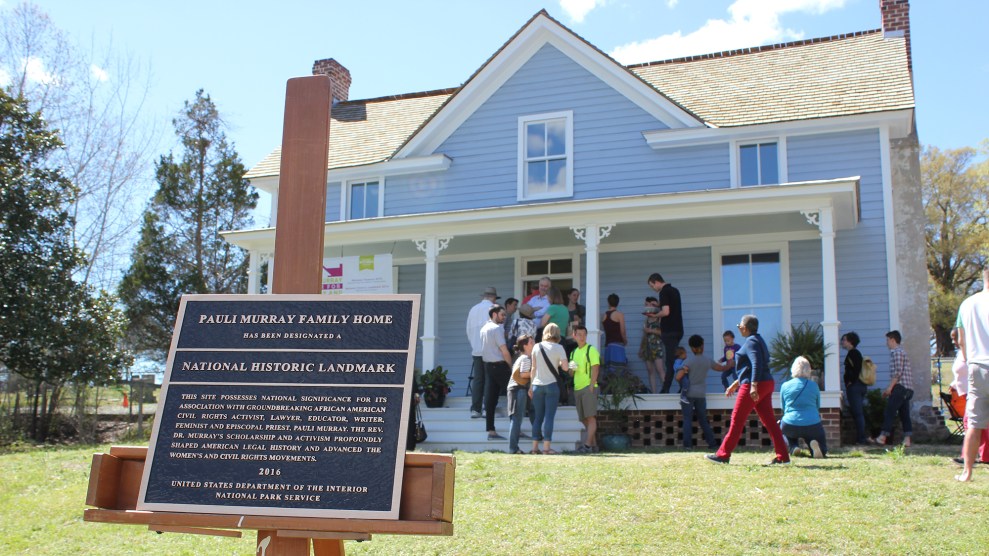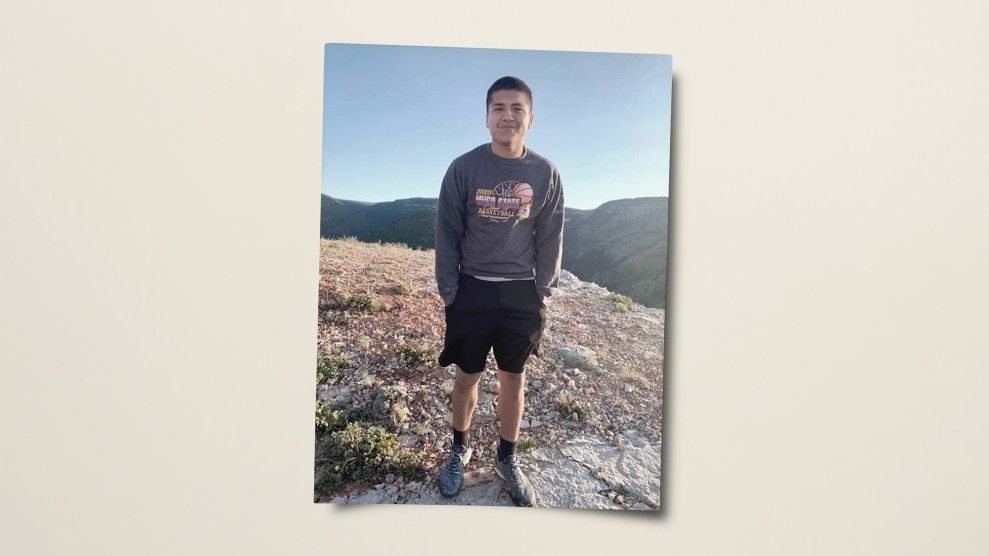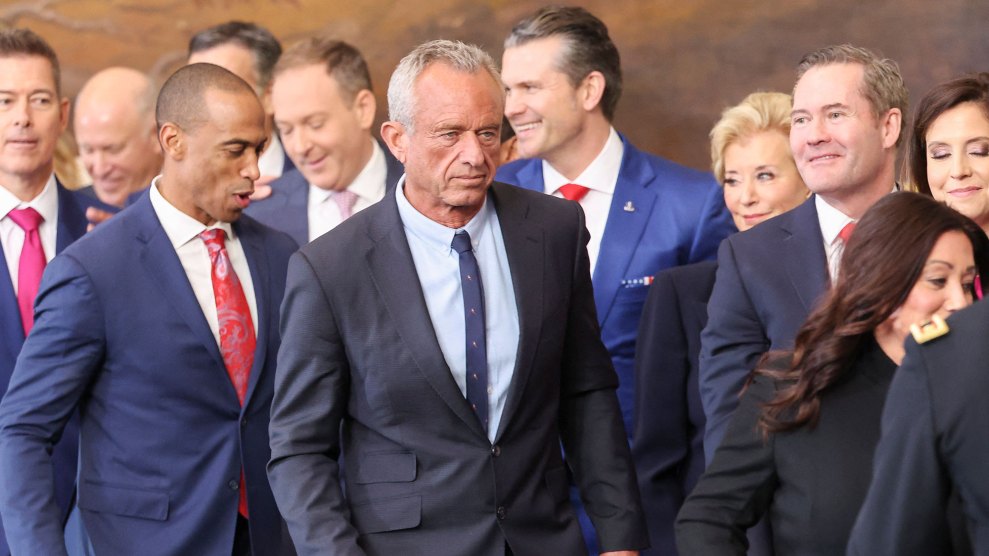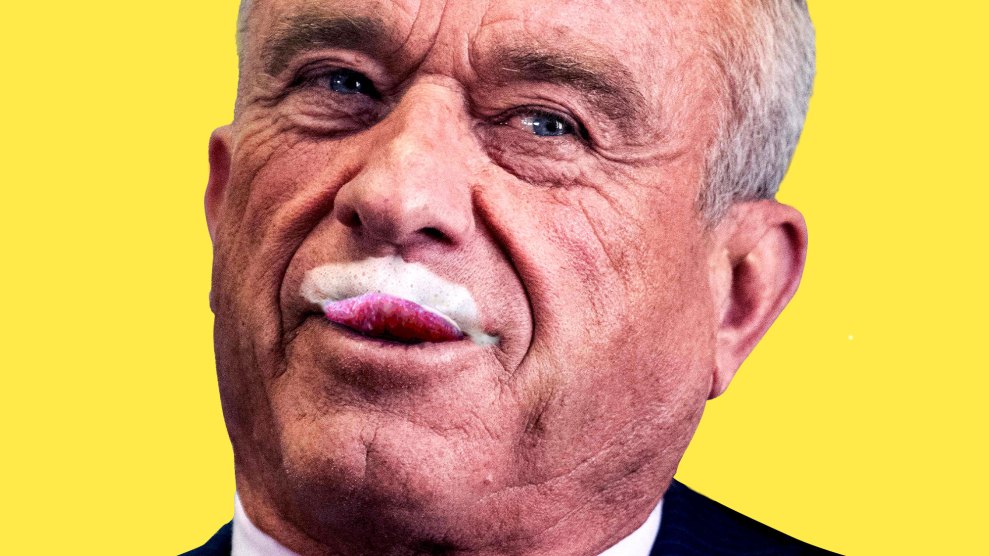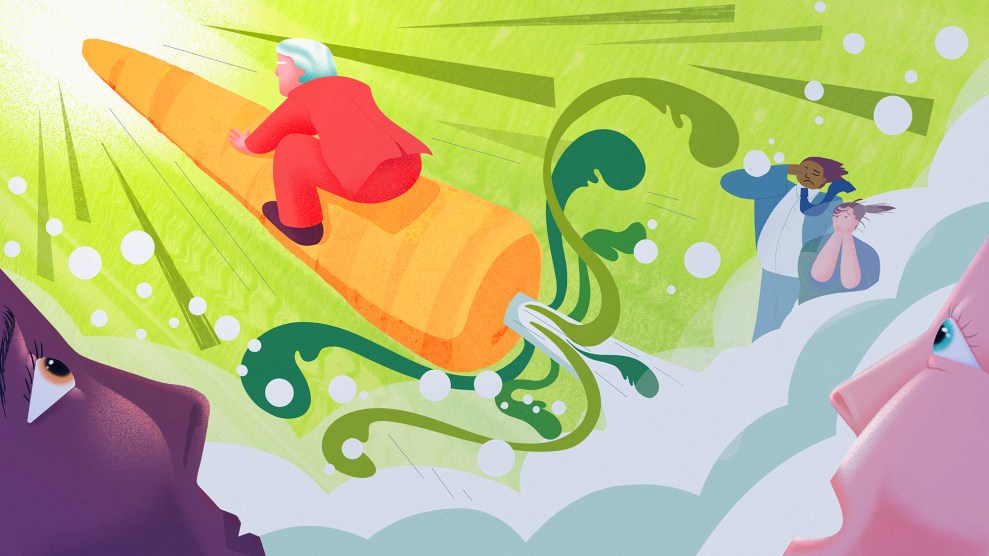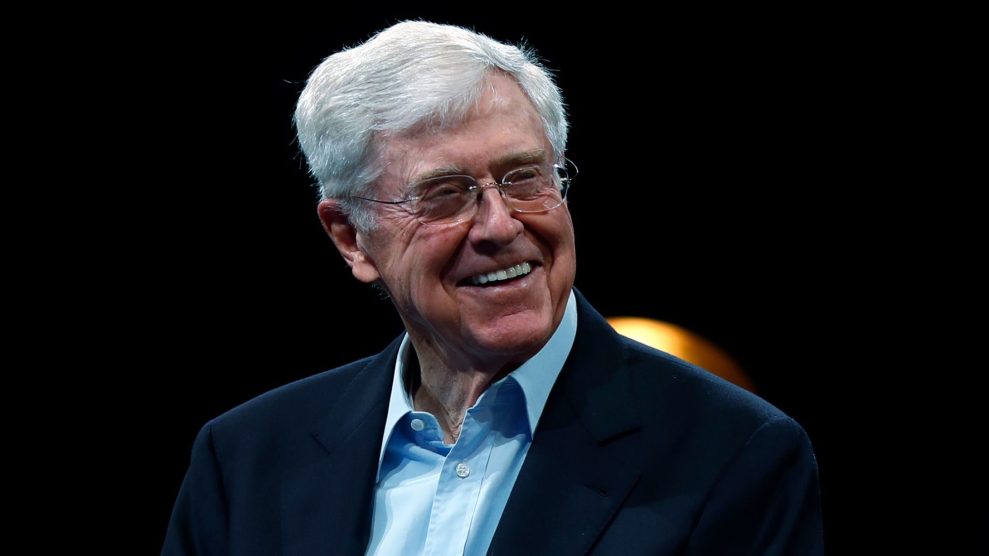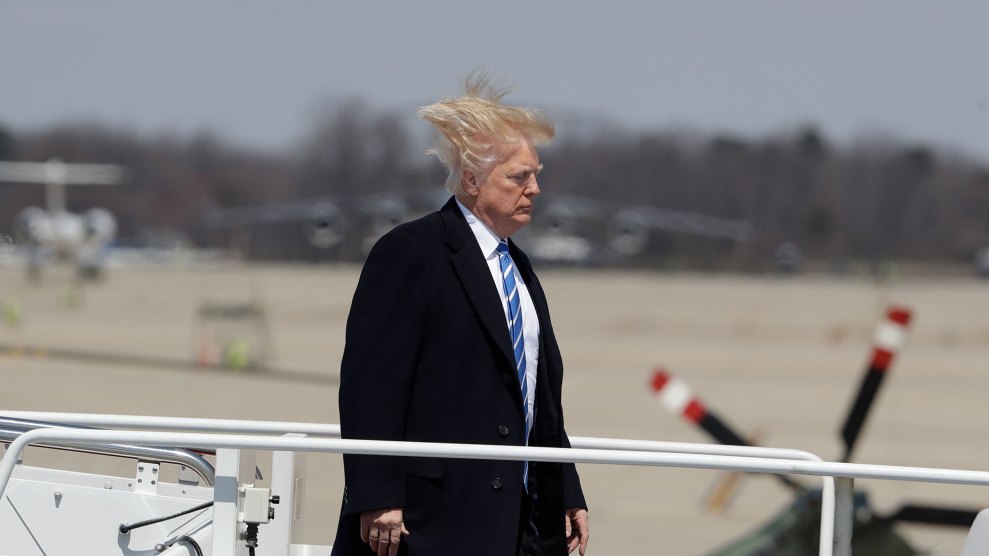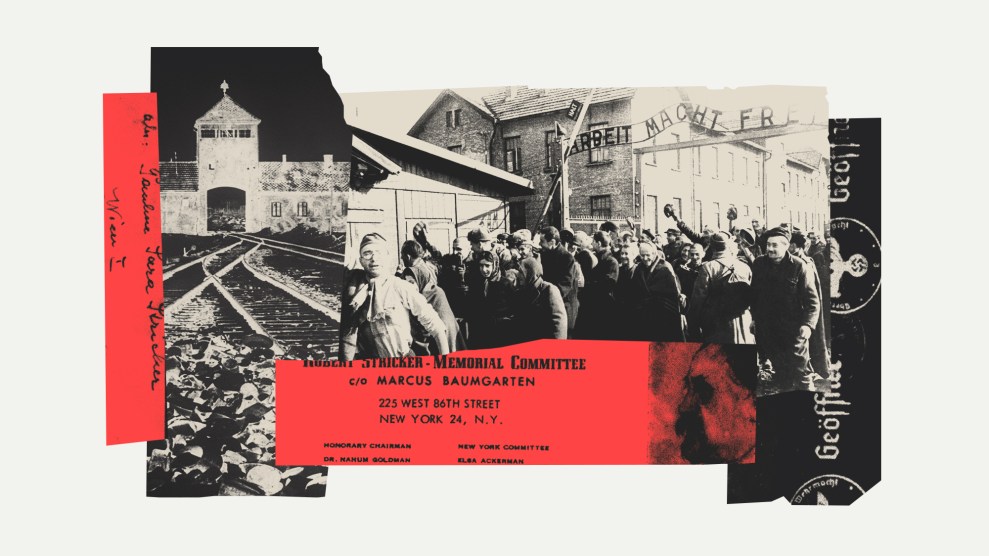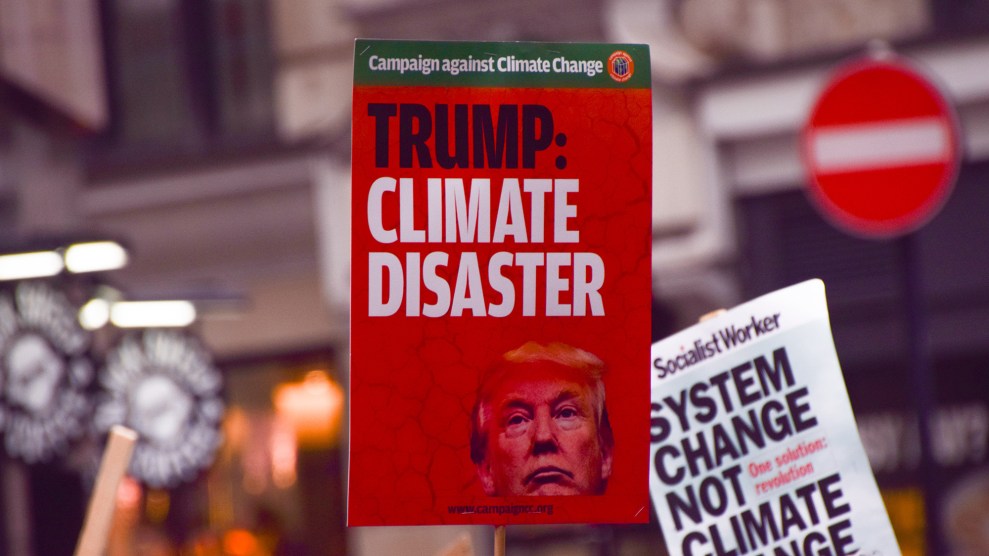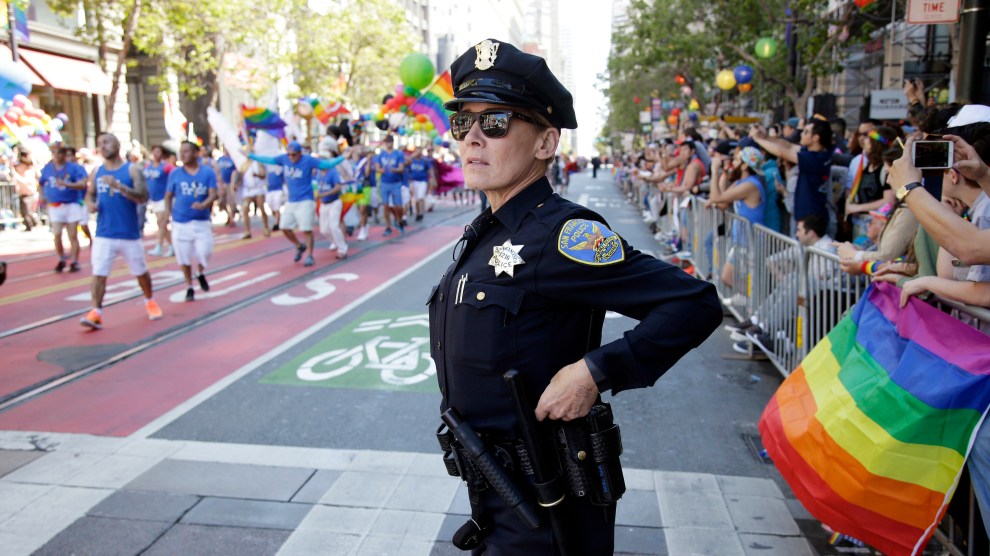
A police officer watches the San Francisco Pride parade in 2016.Marcio Jose Sanchez/AP
Seattle’s Pride Parade, among the largest in the country, will return this weekend after a two-year hiatus during the pandemic. But the police officers who traditionally march with the group will be staying home.
Other on-duty officers will still provide security, as fears mount after dozens of extremists in white masks were arrested while plotting to disrupt a Pride parade in Coeur d’Alene, Idaho. But off-duty cops will no longer join the parade as participants. They announced on Wednesday that they’ll be protesting, after Seattle Pride, which organizes the event, asked officers who planned to march not to wear their official uniforms.
Pride organizers in many cities, heeding the calls of Black activists, are increasingly downplaying the presence of officers at their events as part of the racial reckoning fueled by the murder of George Floyd. Police have a long history of criminalizing and assaulting queer people, people of color, undocumented folks, and sex workers, and some Pride participants don’t feel comfortable walking alongside them, especially if they’re in uniform. In 2019, protesters halted San Francisco’s Pride parade for nearly an hour by lying down in the street with their arms linked, shouting “Fuck the police” and “Cops out of Pride” as law enforcement tried to arrest some of them. Video footage shared on Twitter showed officers shoving members of the crowd and dragging someone across the pavement.
“[W]e have heard repeatedly from many members of our communities—in particular, Black transgender individuals and groups—that police presence does not allow for their true participation in our events,” San Francisco Pride’s executive director and board president wrote in 2020, explaining their decision to ban uniformed officers from marching. “The safety of our community is always our primary concern, and we will do what it takes to produce our event safely, obtaining the necessary permits and logistical support, while simultaneously standing in solidarity with our Black, Trans, and Lesbian/Gay/Queer+ siblings against police brutality.”
The requests have not gone over well with some queer cops. Seattle Police Chief Adrian Z. Diaz wrote that his officers felt that preventing them from marching in their official blues was like putting them “back in the closet.” San Francisco police also threatened to boycott their city’s event this year. “This committee would not order the leather community to wear polyester at the parade…But they have told us, peace officers, that if we wear our uniforms, we may not attend,” the San Francisco Police Officers Pride Alliance wrote in a statement last month with the Fire Department and LGBTQ members of the Sheriff’s Department. San Francisco Pride organizers weren’t swayed by the comparison—“there is no equivalence” between the leather community and cops, as SF Pride interim director Suzanne Ford put it to the San Francisco Chronicle—and reiterated that officers could join the parade in T-shirts, even ones identifying them as law enforcement. Eventually, after the argument made national headlines, both sides reached a compromise: San Francisco’s police would march in the parade, and most of them would stick to civilian clothing, with the exception of some commanders who would wear special dress uniforms and fewer than 10 officers who would support those commanders in regular uniforms with their service weapons.
But Seattle’s police are not budging. “Uniformed officers from the Seattle Police Department will staff Sunday’s parade to provide public safety,” Chief Diaz wrote in a letter. “But because of the Seattle Pride Executive Board’s decision, SPD employees will respectfully decline to march in the parade as they have for nearly three decades.”
Seattle and San Francisco are not the first cities trying to regulate how law enforcement appear at Pride events. As early as 2018, Pride organizers in Washington, DC, also banned uniformed officers from their parade. In 2021, New York City organizers announced a similar policy and asked on-duty police to stay a block away from the edge of Pride events while working. Pride organizers in Denver followed suit (though they reversed their decision this year). “[T]he sense of safety that law enforcement is meant to provide can instead be threatening, and at times dangerous, to those in our community who are most often targeted with excessive force and/or without reason,” Seattle’s Capitol Hill Pride, another organizing group, wrote in a statement last year defending its choice to bar uniformed officers from participating in its event.
Many supporters of these bans on law enforcement point to the origins of Pride: The first marches, in New York City and a few other places in 1970, were organized in reaction to police brutality. They were held around the one-year anniversary of the Stonewall Riot, to commemorate the bravery of the queer and transgender people who fought back against a police raid at a Greenwich Village gay bar in the summer of 1969.
Over the years, as Pride has gained more widespread political support, it has morphed into a major event with corporate sponsors and massive crowds, and the police have taken on an active role as security partners. In 1996, gay cops in New York City sued the police department for the right to join the parade as participants, in uniform and with their department’s marching band. Around the country, some Pride groups also embraced the police’s assistance as a way to stay safe. In 2016, for example, after the mass shooting at the Pulse gay bar in Orlando, San Francisco Pride organizers decided to ramp up security and bolster law enforcement at their event. But not everyone agreed: The local Black Lives Matter group, invited to join that year’s parade as a grand marshal, pulled out in protest. “As queer people of color, we are disproportionately targeted by both vigilante and police violence,” BLM member Malkia Cyril said in a statement. “We know first hand that increasing the police presence at Pride does not increase safety for all people.” In New York City, the Anti-Violence Project, which runs a hotline for LGBTQ people to report acts of violence, reported last year that it often receives calls during Pride celebrations from people who say the cops are harassing them.
As Pride groups heed activists’ demands to distance from the police, they must also balance growing concerns about far-right violence and other security threats at their events. The same day that right-wing extremists were arrested near the parade in Coeur d’Alene, Idaho, alleged members of the far-right Proud Boys disrupted a drag queen storytelling event for preschoolers at a library in San Lorenzo, California, shouting homophobic and transphobic slurs. The local sheriff’s department is now investigating the incident as a possible hate crime. Meanwhile, Pride flags were stolen in Boise, Idaho, and in Burien, Washington. Days later, three people were hospitalized after a fire ripped through four homes on the same Baltimore block where a Pride flag was burned. According to the Armed Conflict Location & Event Data Project, a nonprofit that aggregates data about political violence and protests, anti-LGBTQ demonstrations, political violence, and offline propaganda like flyering increased fourfold from 2020 to 2021 and have proceeded at an even greater clip so far this year. Far-right militias and militant social movements boosted their participation in these anti-LGBTQ movements sevenfold.
Some extremists are organizing online, spurred by accounts such as Libs of TikTok; others have been fueled by the hateful rhetoric of Republican politicians, who are increasingly pushing anti-LGBTQ legislation and policies at the state level. Bills attempting to prevent transgender kids from participating in sports or seeking gender-affirming medical care have proliferated in the last few years. “The right-wing campaign to threaten, intimidate, and legislate LGBTQ people out of public life has really increased,” says Susan Corke, director of the Intelligence Project at the Southern Poverty Law Center, which tracks extremist groups in the United States. She blames conservative politicians for normalizing violent rhetoric against queer people. “That creates this more widespread fear among voters toward LGBTQ persons,” she says. Earlier this month, Georgia Rep. Marjorie Taylor Greene wrote that she believed “it should be illegal” to take children to drag shows. Florida Gov. Ron DeSantis similarly said he was considering ordering investigations of families who bring their kids to these shows.
“Regardless of where you live, there’s a clear message that the threats to LGBTQ people and our families are real and escalating,” says Katie Carter, who leads the Pride Foundation, an organization that offers grants to groups that run Pride events. Shortly after the arrests of extremists in Idaho, Carter, who is queer and married to a Black trans person, realized that one of the arrested men lives just blocks away from her in the Seattle area. “What this tells me is this isn’t an Idaho problem; these folks are organizing across the country,” she said, noting that many of the arrested men had traveled from other states. She and her partner now think even more carefully about their safety when walking around the neighborhood.
After the arrests in Idaho, Pride organizers around the country are staying vigilant. Even though the Seattle Police Department won’t send off-duty officers to march in the parade this weekend, it will boost the number of on-duty uniformed cops who are providing security at the event, according to CNN. Smaller cities are taking more precautions too: Oklahomans for Equality, the group that helps organize Tulsa Pride, said it was ramping up security measures after a mass shooting at a Tulsa hospital earlier this month. Debra Porta, who leads Northwest Pride, which organizes the Portland festivities, said her team communicated more closely with the police ahead of their parade last weekend.
But the conversations around racial justice and police brutality are happening at the same time. While collaborating closely with the police, Northwest Pride asked officers who marched in Portland not to wear their uniforms. (Porta notes that under Oregon law, uniformed officers must carry their service gun, a violation of the parade’s no-weapons policy.) And Northwest Pride simultaneously attempted to downplay the role of on-duty cops. It’s a tough balance: “In an event that entails tens of thousands of people, it is naive to think that we are not going to need some sort of professional support. At the same time, we don’t want to be inundated with a lot of law enforcement,” Porta told me. “So we work with them to not have that visual overwhelm and also to have strategies and processes in place for who responds to what.” Northwest Pride put together a large team of civilian volunteers who patrolled the Pride event along with peacekeeping teams trained in deescalation skills. If a confrontation or scuffle were to ensue during the parade, as long as there was no clear danger of physical harm, the police were instructed to let the volunteers act first. “They will follow our lead in whether or not to step in,” said Porta. “It’s a little bit of a dance. We go through it every year.”
Organizers in other cities have taken similar steps to limit how on-duty cops respond to incidents at Pride, after facing pressure from Black-led groups like Black Lives Matter, whose founders include two queer people. Heritage of Pride, which organizes events in New York City, said last year that it was hiring private security companies and would call the police for backup only when deemed necessary by city officials, the New York Times reported. The Reclaim Pride Coalition, which organizes the Queer Liberation March in New York City, rejects corporate sponsorship, bans uniformed police marching, and says the police department has no control over the event’s security decision-making.
As the debates around law enforcement and Pride continue, organizers and participants point out that the hyperfocus on security is not new. Queer people of color have been saying for decades that the police don’t keep them safe. And far-right groups have been a threat to LGBTQ people long before the arrests in Idaho. For many queer people, whether they’re walking down the street or going to the grocery store or attending an event, “thinking of safety is like breathing,” says the Pride Foundation’s Carter. “Many of us don’t even notice that we do it anymore.”
And that’s not just true during Pride month. “We live with this every single day, the potential for someone to attempt to harm the community,” Porta says. “Does that mean we don’t take it seriously? Of course not. But with rare rare exception,” she adds of the commitment to keep marching each summer, “our community is safer when we are together than when we are not.”

